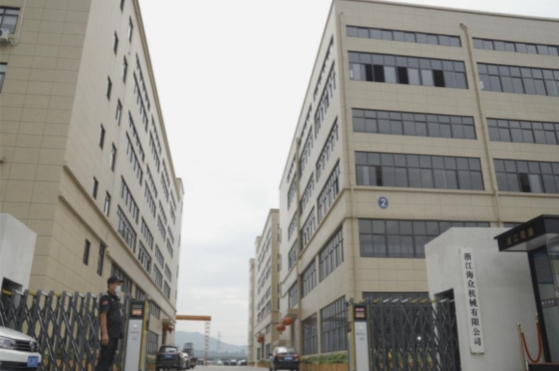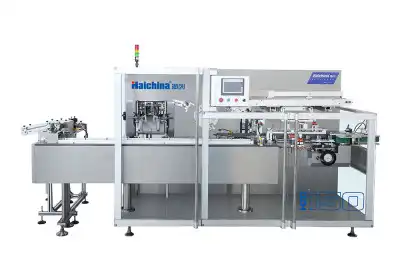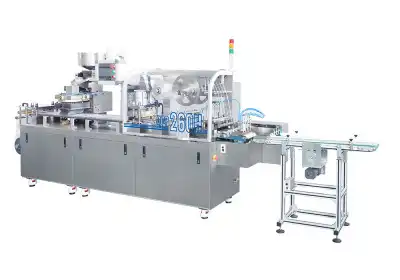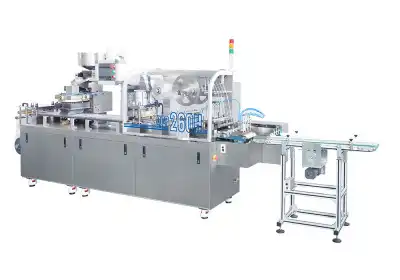The Evolution of Pharmaceutical Packaging
Historical Perspective on Drug Packaging
The pharmaceutical industry has witnessed significant transformations in packaging methods over the years. Initially, glass bottles and paper wrappings were the primary modes of drug containment. As technology advanced, plastic containers gained popularity due to their durability and cost-effectiveness. However, these packaging solutions had limitations in terms of product protection and dosage management.
Introduction of Blister Packaging
The advent of blister packaging revolutionized the pharmaceutical sector. This innovative solution, consisting of a plastic cavity or pocket sealed with a backing material, addressed many of the shortcomings of traditional packaging methods. Blister packs quickly gained traction due to their ability to protect individual doses and provide a clear view of the enclosed medication.
Regulatory Influences on Packaging Choices
Regulatory bodies have played a crucial role in shaping packaging trends in the pharmaceutical industry. Stringent guidelines regarding product safety, tamper-evidence, and child-resistance have led to the widespread adoption of blister packaging. These regulations have pushed manufacturers to prioritize packaging solutions that not only preserve drug efficacy but also ensure consumer safety.
Advantages of Blister Packaging in Pharmaceuticals
Enhanced Product Protection
Blister packaging excels in safeguarding pharmaceutical products from external factors. The sealed cavities protect each dose from moisture, oxygen, and light, which can degrade medication efficacy. This level of protection is particularly crucial for moisture-sensitive drugs, ensuring they remain stable throughout their shelf life. The barrier properties of blister materials also prevent cross-contamination between doses, maintaining the integrity of each unit.
Improved Patient Compliance
One of the key benefits of blister packaging is its role in enhancing patient adherence to medication regimens. The individual compartments for each dose serve as a visual reminder for patients, helping them track their medication intake. Some blister packs are designed with days of the week printed on them, further aiding in proper dosage management. This organization can be especially beneficial for elderly patients or those on complex medication schedules.
Tamper-Evidence and Child-Resistance Features
Blister packs offer built-in tamper-evidence, as any attempt to access the medication leaves visible signs of interference. This feature provides an additional layer of security, assuring consumers of the product's integrity. Many blister packaging designs also incorporate child-resistant mechanisms, such as peel-push or press-through systems, which comply with safety regulations while remaining accessible to adults. These safety features contribute significantly to the preference for blister packaging in the pharmaceutical sector.
Comparative Analysis: Blister Packaging vs. Bottle Packaging
Cost-Effectiveness and Production Efficiency
When comparing blister packaging to bottle packaging, cost considerations play a significant role. While the initial investment in blister packaging machinery may be higher, the overall production process is often more efficient. Blister packs can be produced at high speeds with less manual intervention, reducing labor costs. Additionally, the materials used in blister packaging are generally less expensive than those required for bottles, especially when considering the need for separate closure systems in bottle packaging.
Environmental Impact and Sustainability
The environmental aspect of packaging choices has become increasingly important in recent years. Blister packaging, when designed with recyclable materials, can have a lower environmental impact compared to plastic bottles. The reduced material usage in blister packs contributes to less waste generation. However, it's worth noting that the recycling process for blister packs can be more complex due to the combination of materials used. Manufacturers are continuously working on developing more eco-friendly blister packaging solutions to address these concerns.
Marketing and Brand Differentiation Opportunities
Blister packaging offers unique marketing advantages over bottle packaging. The flat surface of the blister card provides ample space for branding, product information, and usage instructions. This visual real estate can be leveraged to create distinctive packaging designs that stand out on pharmacy shelves. Moreover, the transparency of blister cavities allows consumers to see the product, which can be a powerful marketing tool, especially for uniquely shaped or colored medications. These marketing opportunities contribute to brand differentiation and can influence consumer purchasing decisions.
Conclusion
The preference for blister packaging over bottles in the pharmaceutical industry is rooted in its numerous advantages. From enhanced product protection and improved patient compliance to tamper-evidence and marketing opportunities, blister packs offer a comprehensive solution to many packaging challenges. As the industry continues to evolve, with increasing focus on sustainability and technological advancements, blister packaging is likely to remain at the forefront of pharmaceutical packaging solutions, adapting to meet new regulatory requirements and consumer expectations.
FAQs
Are blister packs more expensive than bottles for pharmaceutical packaging?
While initial setup costs may be higher, blister packs can be more cost-effective in the long run due to efficient production and lower material costs.
Can blister packaging be recycled?
Yes, many blister packs can be recycled, but the process may be more complex due to the combination of materials used. Manufacturers are working on more recyclable options.
Do blister packs provide better protection against moisture than bottles?
Generally, yes. Blister packs offer superior moisture protection for individual doses, which is particularly important for moisture-sensitive medications.
Expert Blister Packaging Solutions | Haichina
At Haichina, we are a trusted blister packaging machine manufacturer, specializing in cutting-edge blister packaging machinery for the pharmaceutical industry. Our state-of-the-art equipment ensures high-speed production, optimal product protection, and compliance with international standards. As a leading manufacturer, we offer customizable solutions to meet your specific packaging needs. Experience the Haichina advantage with our CE and cGMP certified machines, designed for efficiency and reliability. Contact our expert team at [email protected] to explore how our blister packaging solutions can elevate your pharmaceutical packaging process.
References
Pilchik, R. (2000). Pharmaceutical Blister Packaging, Part I: Rationale and Materials. Pharmaceutical Technology, 24(11), 68-78.
Bauer, E. (2009). Pharmaceutical Packaging Handbook. CRC Press.
Lockhart, H., & Paine, F. A. (2006). Packaging of Pharmaceuticals and Healthcare Products. Springer Science & Business Media.
Yam, K. L. (Ed.). (2009). Encyclopedia of Packaging Technology. John Wiley & Sons.
Forcinio, H. (2018). Trends in Pharmaceutical Packaging. Pharmaceutical Technology, 42(4), 20-27.
Dean, D. A., Evans, E. R., & Hall, I. H. (2000). Pharmaceutical Packaging Technology. CRC Press.




